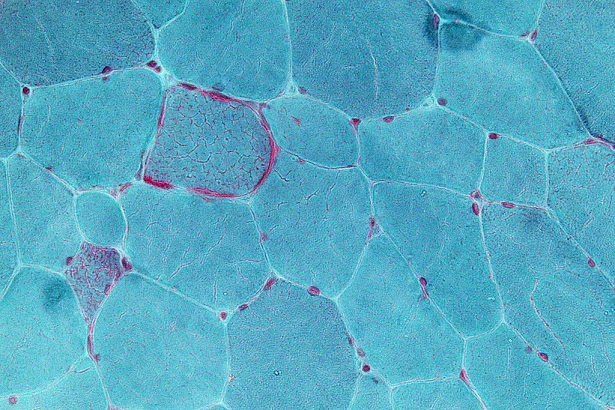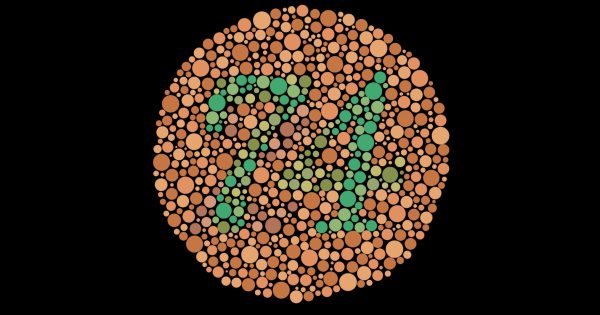Health
Understanding Carrier Screening for Inherited Genetic Disorders
by Sara Stringer
According to GlobalGenes.com, 1 in 10 Americans is living with a rare disease, and eighty percent of rare diseases are genetic in origin. Genetic disorders are diseases caused by a malfunction in a person’s DNA. This abnormal DNA is passed to children by parents who usually don’t know they carry it until they have children with another person who is also a carrier. These types of genetic conditions are called “recessive” disorders.
In order for a child to be born with one of these disorders, he or she must receive one recessive gene from each parent. At the time of conception, the embryo will have a 1 in 4 chance of receiving both recessive genes, no recessive genes, or becoming a carrier themselves.

Image @ Wikimedia
To help parents better understand their risk for delivering a baby with a recessive genetic disorder, some will undergo carrier screening before they conceive. If you are already pregnant, carrier screening is still available but should be done as soon as possible so that you, your partner, and your doctor can make important healthcare decisions.
What are the most common inherited recessive genetic disorders?
Problems with DNA (also called mutations) can affect just a small part of a gene, or an entire chromosome and will cause different disorders depending on what part of the genetic code is affected. Some of the most common recessive genetic disorders include:
· Cystic fibrosis—affects the exocrine glands (the glands that excrete fluids) of the body, causing the secretions to be abnormally thick. These thick secretions block many tubes in the body including the lungs, intestines, ducts to the pancreas and many others.
· Sickle cell disease—Causes the oxygen carrying cells of the body (hemoglobin) to change shape and form stiff rods and a sickle shape. These cells stick to blood vessel walls and block blood flow, causing pain and organ damage.
· Thalassemia—Causes the body to produce abnormally low amounts of hemoglobin and red blood cells.
· Tay-Sachs disease—A rare disease that destroys nerve cells in the brain and spinal column. Children born with the disease rarely live past early childhood.
How is carrier screening completed?
To get started, your healthcare provider should gather yours and your partner’s health history including information about your race or nationality (some disorders are more common in specific ethnicities). Make sure to report anyone in your family who has a genetic disorder as well. You will then give a blood or saliva sample for testing. If you are already pregnant, you may want to have additional blood work to look for other chromosomal abnormalities, like Down syndrome. These tests are considered “non-invasive” because there’s no risk to the baby and no need to gather cells from the fluid or tissue around the baby in order to gather information. If your results come back positive, your doctor will still need to complete more invasive tests (like chorionic villus sampling or amniocentesis) to confirm the results.
What should we do with the results?
Each family will choose their next steps differently. You may choose to see a genetic counselor to learn more about the disorder you’ve tested positive for and discuss how it may affect future children or your current pregnancy. From there, you should work with your doctor and healthcare team to make the choice that’s right for you. Some couples choose not to conceive at all, and others will use sperm from a donor. Others may opt for in vitro fertilization so that an embryo can be tested before it’s implanted into the mother.
About the Author
Sara Stringer is freelance writer who enjoys writing about natural health alternatives. In her spare time, she enjoys maintaining an active lifestyle through swimming and practicing yoga.




